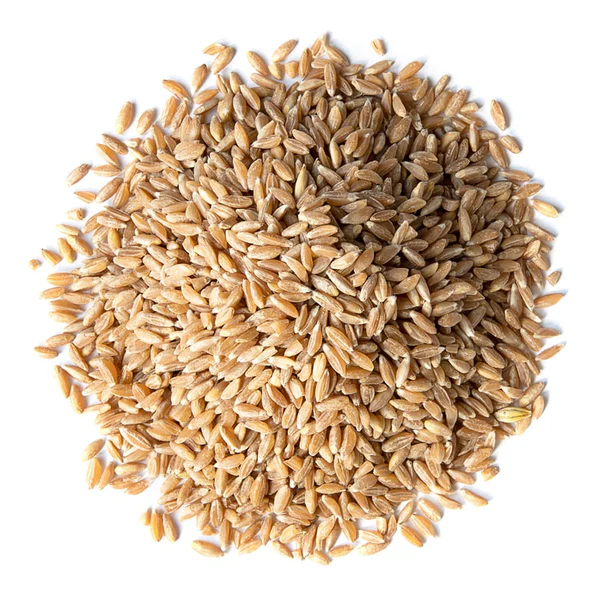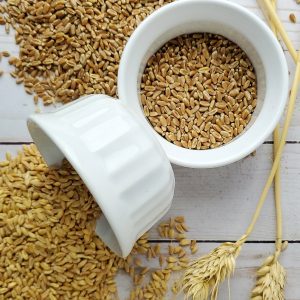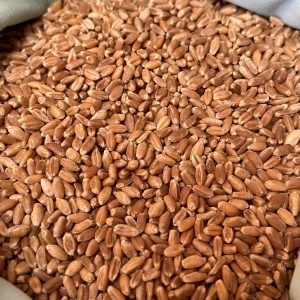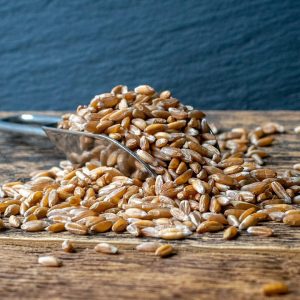Spelt Berries: A Comprehensive Guide
Introduction
Spelt berries are the whole, unprocessed kernels of the ancient grain spelt, known scientifically as Triticum spelta. This ancient grain has been cultivated for thousands of years and is prized for its robust nutritional profile and versatility in the kitchen. Here’s a detailed overview of spelt berries, covering their nutritional benefits, culinary uses, storage tips, and more.
What are Spelt Berries?
Spelt berries are the entire grain kernel of spelt, consisting of the bran, germ, and endosperm. They have a slightly sweet, nutty flavor and a chewy texture when cooked. Spelt is closely related to modern wheat but has a tougher husk and a different genetic makeup, which some people find easier to digest.
Nutritional Benefits
- High in Fiber: Spelt berries are rich in dietary fiber, which aids digestion, helps control blood sugar levels, and supports overall gut health.
- Good Source of Protein: These berries provide a significant amount of plant-based protein, essential for muscle repair and growth, making them a valuable addition to vegetarian and vegan diets.
- Vitamins and Minerals: Spelt berries are packed with essential vitamins and minerals, including B vitamins (such as niacin, thiamin, and riboflavin), iron, magnesium, phosphorus, and zinc.
- Antioxidants: They contain antioxidants that help protect the body from oxidative stress and inflammation, contributing to overall health.
- Lower Glycemic Index: Compared to modern wheat, spelt has a lower glycemic index, which means it causes a slower, more gradual rise in blood sugar levels.
Culinary Uses
- Cooking Whole Spelt Berries:
- Preparation: Rinse the spelt berries thoroughly under cold water to remove any dust or debris.
- Cooking: Combine one part spelt berries with three parts water in a pot. Bring to a boil, then reduce heat to a simmer and cook for about 45-60 minutes, or until the berries are tender but still slightly chewy. Soaking them overnight can reduce cooking time.
- Serving: Drain any excess water and use cooked spelt berries in salads, grain bowls, soups, or as a nutritious side dish.
- Baking:
- Flour: Grind spelt berries into flour using a grain mill or high-powered blender. Spelt flour can be used for baking bread, muffins, cookies, pancakes, and other baked goods. It imparts a slightly sweet, nutty flavor and tender crumb to baked items.
- Texture: Spelt flour can be used as a one-to-one substitute for wheat flour in most recipes, though it may require slightly less liquid due to its higher water absorption capacity.
- Salads and Grain Bowls:
- Base Ingredient: Use cooked spelt berries as the foundation for hearty grain salads and bowls. They pair well with a variety of vegetables, legumes, and dressings.
- Enhancements: Enhance the flavor and texture by adding ingredients like fresh herbs, dried fruits, nuts, and a tangy vinaigrette.
- Soups and Stews:
- Hearty Addition: Add cooked spelt berries to soups and stews for extra texture and nutritional value. They absorb flavors well and add a satisfying chewiness to the dish.
- Breakfast Cereals:
- Hot Cereal: Cooked spelt berries can be used as a base for hot breakfast cereals. Combine with milk or a plant-based alternative, sweeten with honey or maple syrup, and add fruits, nuts, or spices for a wholesome breakfast.
Storage Tips
- Dry Storage: Store uncooked spelt berries in an airtight container in a cool, dry place. Properly stored, they can last up to a year without losing their quality.
- Refrigeration and Freezing: For longer shelf life, store spelt berries in the refrigerator or freezer. This helps prevent them from becoming rancid and protects them from pests.
Health Considerations
- Gluten Content: Spelt berries contain gluten, making them unsuitable for individuals with celiac disease or gluten sensitivity. However, some people with mild gluten sensitivities find spelt easier to digest than modern wheat.
- Digestibility: Spelt’s unique gluten structure and higher water solubility make it easier to digest for some individuals compared to modern wheat. Soaking or sprouting the berries before cooking can further enhance digestibility and nutrient absorption.
Environmental Impact
- Sustainable Farming: Many suppliers of spelt berries focus on sustainable farming practices, ensuring that the grain is produced in an environmentally friendly manner.
- Organic Options: Look for organic spelt berries to avoid pesticides and synthetic fertilizers, supporting both your health and the environment.
Conclusion
Spelt berries are a versatile and nutritious ancient grain that can be incorporated into a wide range of dishes. Their mild, nutty flavor, chewy texture, and rich nutritional profile make them an excellent choice for baking, cooking, and salads. Whether you are looking to enhance your diet with whole grains or explore new culinary possibilities, spelt berries offer a delicious and healthy option. Embrace this ancient grain and enjoy the many ways it can contribute to a balanced and satisfying diet





Reviews
There are no reviews yet.